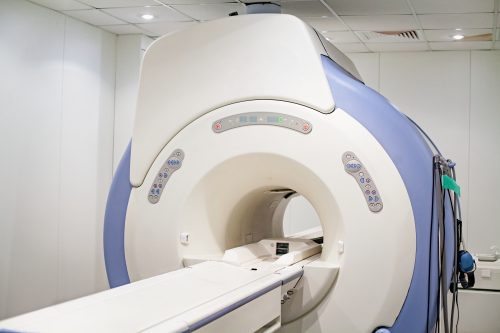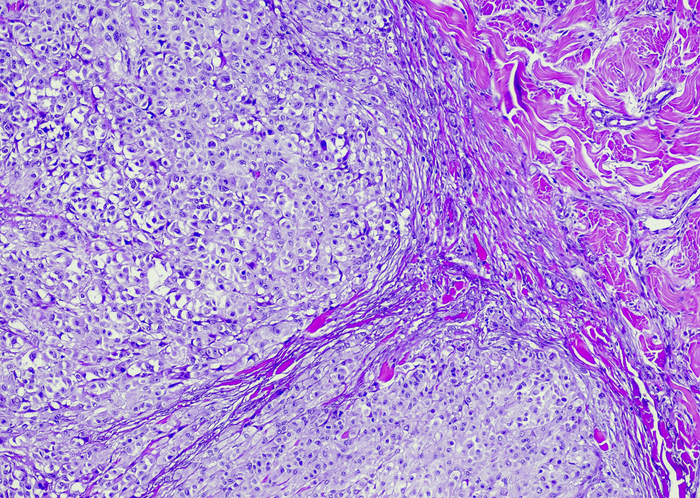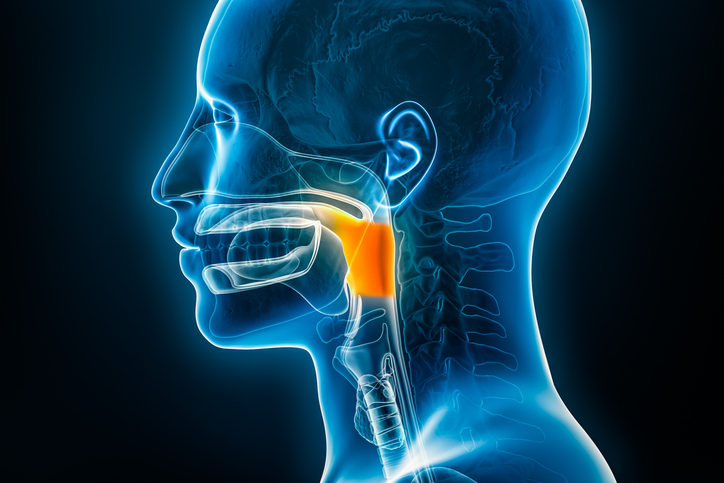
Findings published in Clinical Research in Cardiology showed that non-invasive cardiovascular magnetic resonance (CMR) yields excellent diagnostic accuracy for cardiac amyloidosis (CA).
CA is a common type of restrictive cardiomyopathy marked by the replacement of normal heart muscle with amyloid deposits. The current standard for diagnosis of CA is endomyocardial biopsy (EMB), which is an invasive procedure where small samples of heart muscle are collected.
In this multicenter study, a research team from Germany sought to evaluate the efficacy of CMR as a non-invasive option for CA diagnosis in comparison to EMB. The study enrolled 160 patients who expressed symptoms of heart failure and left ventricular (LV) hypertrophy of unknown origin. Patients underwent diagnostic workup by both CMR and EMB. CMR protocol was comprised of cine- and late-gadolinium-enhancement (LGE)-imaging in addition to native and post-contrast T1-mapping to measure extracellular volume fraction (ECV) of the myocardium. If CA was diagnosed, additional subtyping was performed based on EMB specimens and monoclonal protein studies in serum.
Out of 160 patients, 120 were diagnosed with EMB-based CA, and 40 patients demonstrated other diagnoses. In the CA group, 95% of patients showed a characteristic pattern of LGE indicative of CA. There were no patients with elevated T1-/ECV-values without a CA-indicative LGE pattern. “False-positive” LGE patterns suggestive of CA were found in 2% of the non-CA control group.
Overall, LGE-CMR achieved a sensitivity of 95% and specificity of 98% for CA diagnosis.
“Non-invasive CMR shows an excellent diagnostic accuracy and yield regarding CA. When combined with monoclonal protein studies, CMR can differentiate [transthyretin] from [light-chain amyloidosis] with high accuracy and predictive value. However, invasive EMB remains a safe invasive gold-standard and allows to differentiate CA from other cardiomyopathies that can also cause LV hypertrophy,” the researchers concluded.







 © 2025 Mashup Media, LLC, a Formedics Property. All Rights Reserved.
© 2025 Mashup Media, LLC, a Formedics Property. All Rights Reserved.